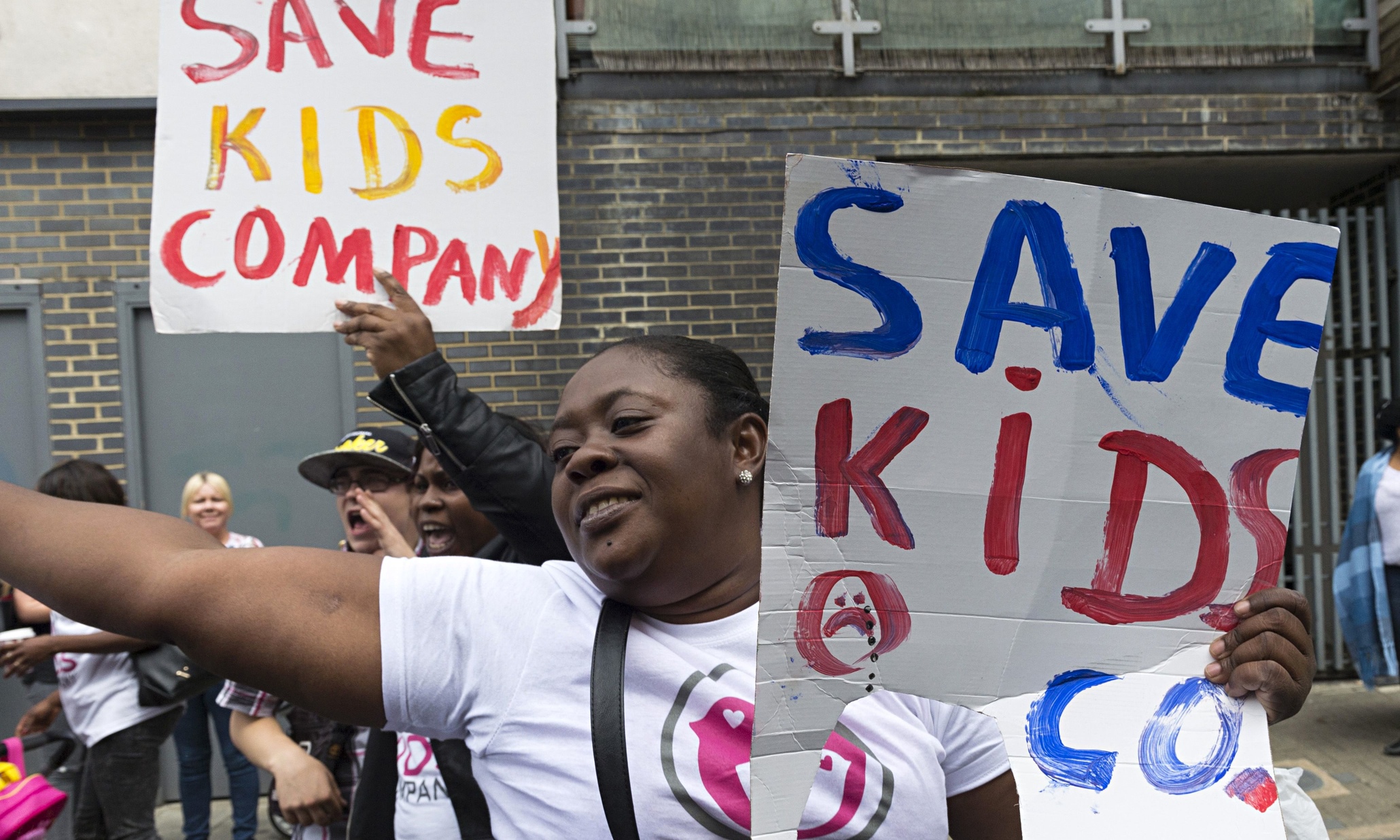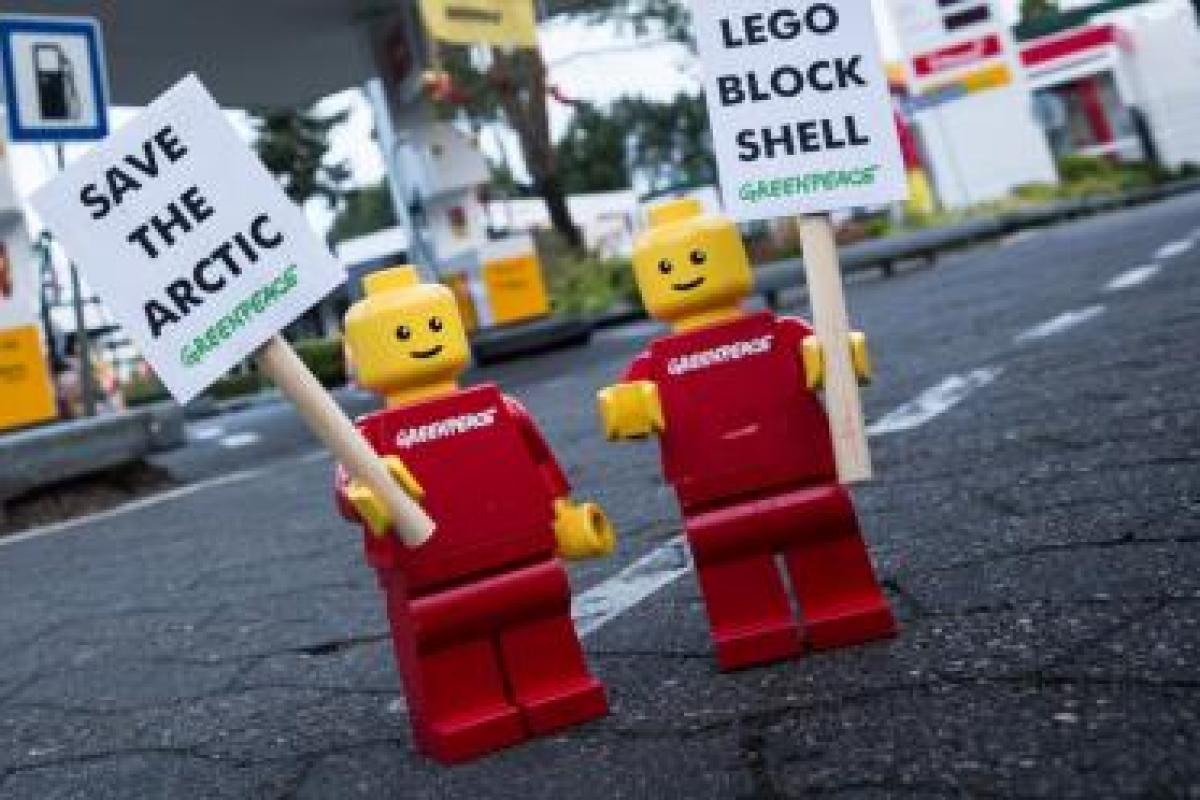The last few months have given those of us working with charities good food for thought as to why it is critically important to have a rock solid brand and a clear unique selling point (USP) in place. I have experienced this media anti-charity maelstrom from three very different perspectives:- as a Trustee for the Marine Conservation Society working to help protect our seas and sea shores, running my company Green Banana Marketing working solely with charities and public sector organisations and finally, as a consultant working within UK charities.
Anti-charity maelstrom
It’s certainly not happy reading. The negative media around how charities operate in getting their vital funds has definitely been provoked by a less than philanthropic side of the media – out for a good old fashioned kill. We've now seen just how easy it is for the charity sector to attract criticism, much like any other sector, from the debacle of the Kids Company closing (after 19 years of what looks like good work) to the charity ‘cold call sharks’. Having worked in the charity sector for the best part of two decades, it’s the worst I have seen.
It’s certainly not happy reading. The negative media around how charities operate in getting their vital funds has definitely been provoked by a less than philanthropic side of the media – out for a good old fashioned kill. We've now seen just how easy it is for the charity sector to attract criticism, much like any other sector, from the debacle of the Kids Company closing (after 19 years of what looks like good work) to the charity ‘cold call sharks’. Having worked in the charity sector for the best part of two decades, it’s the worst I have seen.

And this has been reflected in the Edelman Trust barometer 2012-2015, which shows trust in charities ‘to do what is right ” went down from 67% in 2014 to 50% in 2015 - this figure is actually now just 2% below trust in business!
Charities creating value
Most charities have limited budgets but many have also become more professionalised over the last few years. Fundraising is of course big business for charities and the ‘value’ of what members and supporters get from their relationship is key. Some charities have actually managed to maintain / increase the perceived value of their supporter relationships.
Most charities have limited budgets but many have also become more professionalised over the last few years. Fundraising is of course big business for charities and the ‘value’ of what members and supporters get from their relationship is key. Some charities have actually managed to maintain / increase the perceived value of their supporter relationships.
And of course new partnerships are a good way to bolster income and profile, but these can also be a risk, and there are many examples of partnerships which have upset supporters, who may walk away from their chosen charity. With more government cuts to our essential services, the essence of big society still creeping through our organisations, the market is only going to get tougher for those involved in supporting communities, youth engagement, homelessness, the environment, education, health and well being.
Tensions between divisions
So it stands to reason that charities should make sure they have a rock solid basis upon which they operate. Divisions and tensions within the internal ‘family’ structure of charities are often all too apparent. Many commercial organisations and sectors have long-suffered such acute internal tensions, for instance in retail and fashion (between the design and sales teams - epitomised by Steve Jobs’ evangelical belief in all things Apple design-led. But also in the media, fisti-cuffs between editorial and sales teams over the soul of magazines are very common.
So it stands to reason that charities should make sure they have a rock solid basis upon which they operate. Divisions and tensions within the internal ‘family’ structure of charities are often all too apparent. Many commercial organisations and sectors have long-suffered such acute internal tensions, for instance in retail and fashion (between the design and sales teams - epitomised by Steve Jobs’ evangelical belief in all things Apple design-led. But also in the media, fisti-cuffs between editorial and sales teams over the soul of magazines are very common.
The equivalent in charities is the tension between fundraising and operations, who don’t always sing from the same hymn-sheet. Whilst the need to fundraise is inarguable, fundraising and the marketing efforts that support it, are often seen as merely support services to the actual business of doing charitable work.
The problem is – we all know, that fundraising creates a strong brand message, which can sometimes seem at odds with the charities core vision. And so when difficult questions are asked, it is perhaps not surprising that a joined-up response isn’t immediately forthcoming.
It’s not been great for those of us working in the sector to see the internal / external tensions grow. But rather than respond in a constructive and strategic way, many charity brands have dug themselves even deeper holes.
Your brand should be your shield
I think attacks on charities over the next few years will continue to increase because there are so many charities and because they are now seen as being too powerful. Look at what Greenpeace can do with their ‘Tell Lego to dump Shell’ campaign– they can mobilise millions globally to stop a partnership. It was good to see Greenpeace in action (and succeeding in stopping the Lego Shell partnership!). Without Greenpeace, life would be much less interesting (and less organisations would be kept in check).
I think attacks on charities over the next few years will continue to increase because there are so many charities and because they are now seen as being too powerful. Look at what Greenpeace can do with their ‘Tell Lego to dump Shell’ campaign– they can mobilise millions globally to stop a partnership. It was good to see Greenpeace in action (and succeeding in stopping the Lego Shell partnership!). Without Greenpeace, life would be much less interesting (and less organisations would be kept in check).

And not to mention the collective campaigning might of Change.org, 2Degrees and Kiva, and crowd funding sites like Indiegogo which raised 1.9m Euros from 108K people to help the Greek Deficit. OK, it is some way off the 1.6 billion target, but the sense of charity from the community is of great interest. There has also been a huge increase in charities and NGOs over recent years.

But I want to return to our central theme of having a robust and clear brand / USP, and acting as a shield for your reputation (and maintaining ‘trust’ in challenging times). I’d like to present a checklist of the things I think charitable organisations could do to be one step closer to dealing with challenging times (and the odd poorly selected partnership).
A clear brand / USP should:
- Protect you and keep people trusting in you during the bad times - when the going is not so good
- Get that bit more out of people who get out of bed for the cause, sometimes for no/low money, such as volunteers and Trustees. I think of the brilliant words of Barbara Cassani, who founded Go Fly under British Airways. She talked about inspring the cabin crew in the low cost airline by saying they were the in-flight ‘champagne’. Your brand vision and brand message should inspire and be the organisational in-flight champagne.
- Make delivery more efficient (and effective) when working with limited resource
- Appeal to new partners (staff, alumni and new staff and Trustees)
- Add a certain vibrancy and chutzpah
It's important to have the right tools in place to enable people to be able to express / interpret the brand vision and USP in their own words. A well defined brand strategy should have the following elements:
Brand strategy
A. An outline of your purpose
How it works
What it does very well
B. The vision and values
C. Benefits
What you do better than anyone else
D. Objectives for growth
Benefits and opportunities
E. The main audience and stakeholder messaging (and the shift you may need with each)
Brand guide
A. An outine of what's on and off brand, words, images, logo use, strapline
B. How the various sub brands work together
The common thread which guides and unites key functions like fundraising, operations, programmes, advocacy, marketing, comms; commonalities and unique messages
C. How different comms channels should be used
Guides for each type of comms material
Guide for use on website and intranet
D. How the brand should be used on social media (including Twitter, Facebook, You Tube and Flickr as well as a guide for working on partner sites)
E. A written content guide is useful; the National Trust do this very well, see here (a written content guide is sufficient, but a film guide is very useful)
F. Great written case studies showing a slice of work, through one persons perspective, communicate the story well (how it works and what it does). Organisation and places can be complex for people to understand, people can only really take in a handful of messages at a time, so producing a handful of case study films would be a good asset. Mario’s personal battle with cancer and the support he got from Macmillan Cancer Support hit me hard in this film - Mario's Story and I “get” exactly what he went through and what the charity did for him – even within this small focus of their work
G. Effective corporate partnerships; checklist for sectors and approach
H. A brand crisis team / crisis outline, with staff trained and prepared for "an aggressive and fast-moving" news cycle, should negative stories arise
These are just some of the ways you can help build your charity brand. People are a charity’s main asset and a few well-placed guides can make all the difference. It's important to have the right tools in place to enable people to be able to express / interpret the brand vision and USP in their own words. A well-defined brand strategy will not only serve you well when the media are in a less charitable mood, but also help you define value to all your supporters and ultimately help you grow. My advice to you would be to complete an audit of what your organisation has in place and strive to be a brand champion.
This piece was written by Giles Robertson, Managing Director of Green Banana Marketing. Follow him @gogreenbanana or email at [email protected]
